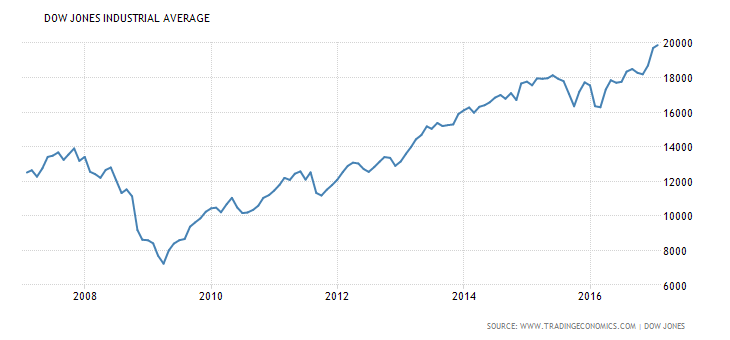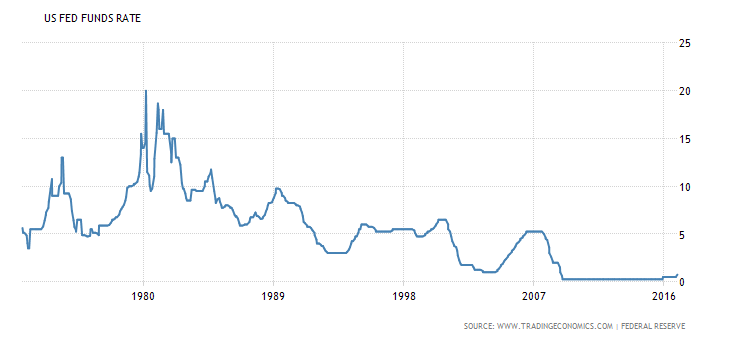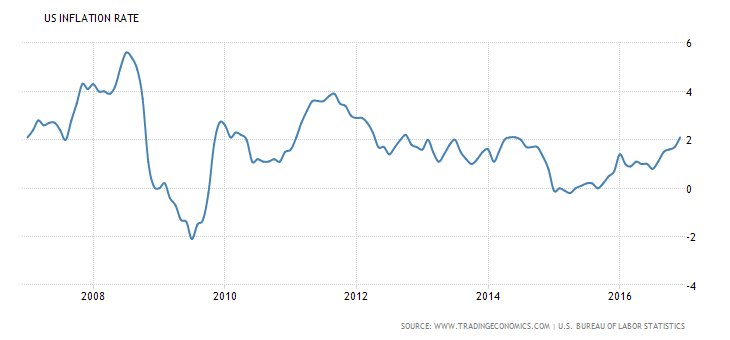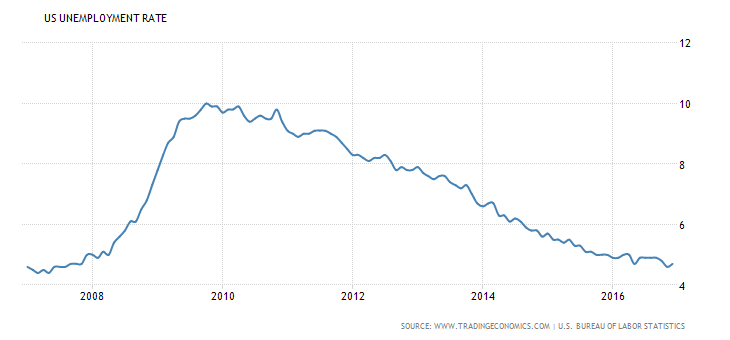Business Interruption 101
 If you are reading this blog post from the Left Coast today, you know all too well the front page pictures and stories on the wildfires affecting Northern and Southern California in the past few weeks. The devastation is unimaginable.
If you are reading this blog post from the Left Coast today, you know all too well the front page pictures and stories on the wildfires affecting Northern and Southern California in the past few weeks. The devastation is unimaginable.
As I write this, the Kincade Fire in Sonoma County (just north of our Petaluma office) is 60% contained and 76,825 acres have burned. In local terms, that is about the size of San Francisco plus a little bit of Burlingame near SFO airport. On the East Coast, it’s roughly the size of Washington, DC from Alexandria, VA to north of Chevy Chase, MD. While the fire has destroyed almost 300 structures so far, we are lucky that no lives have been lost and there have been minimal injuries.
No Power, No Business…Maybe
For local businesses, it has either been boom or bust, not only from the fires but the local utility’s response to fire prevention, specifically shutting off power throughout the Bay Area. As the affected population moves towards the communities with power, people are dealing with a new way of life during a difficult time.
In Petaluma, which is located just outside the mandatory evacuation zone and has had minor power outages, business has been booming. Restaurants have been overflowing with displaced evacuees from the north. Hardware, department and grocery stores have been full of people looking to replace essentials. Meanwhile communities without power have experienced a bust. One local market is experiencing heavy uninsured financial losses from losing power. A local catering company may lose up to $150,000 in revenue if they can’t reopen in time for this weekend’s wine country weddings.
Insurance for a Dark Day
Business interruption insurance is a form of commercial damage coverage that covers the loss on income that a business suffers after a disaster. Business interruption occurs when the event, such as the Kincade fire, affects revenue and/or cost and profit is lost. Other events include natural disasters, movement from temporary sites to a permanent site, and/or Government actions causing it to cease operations.
In each of the events mentioned above, one thing is common. Revenue is being missed and expenses continue. The company bears the initial burden of the expenses but insurance or litigation can help business owners get through this loss and remain profitable after recovery. If the interruption to the business was caused by a third party (in this case, the power utility), litigation would be carried out through subrogation (or the assumption of debt or damages to a third party) to recover the losses. This situation would mean that the insurer pays the claim initially then goes after PG&E or another party that caused the event and therefore the loss.
How to Calculate the Loss
Whether it is insurance, litigation, arbitration or settlement, covering your business interruption expenses can be challenging. We have handled the expert/calculation side of these type of engagements in valuing the losses/lost profits.
Many losses fall into three areas:
- Service Interruption – This impact could be direct damage, physical loss, destruction to utilities, services, telephone, transmission lines, substations, equipment of suppliers of such services as well as related plants.
- Business Interruption –Here, the property damage to the receivers or suppliers is typically covered by the insurance policy.
- Restoration – These are expenses incurred during the length of time that is required to replace, repair, or rebuild the damaged property, starting from the point the damage occurred.
The value impact is effectively the difference between a “with/without” analysis where the “with” relates to the actual financial performance as a result of the interruption and the “without” is related to the operations of the business without the interruption based on historical performance. In addition to the matter of recovering costs, extraordinary events or “acts of God” can affect the valuation for a business, either temporarily or permanently.
Our New Normal
In the case of Northern California, the local utility has already let customers know that the “new normal” will be one of power blackouts and a bag packed with emergency supplies. It may take Pacific Gas & Electric 10 years of blackouts before they can make their infrastructure more immune to weather events. PG&E even has its own marketplace for generator sales. Yes, the irony is not lost on us. With increased migration out of California, these fires may be the tipping point for some families who just can’t afford to accept these risks.
Hopefully reading this blog post doesn’t scare you away from visiting California, in particular the beautiful wine growing regions of Sonoma and Napa counties. Like a good Boy Scout, you just need to be prepared for our new normal and share the beauty of our part of the world with the friendly and increasingly resilient locals who call this place home.
Exit Strategies values businesses and intangible assets for a variety of purposes including divestitures, mergers and acquisitions, purchase price allocations, financial reporting, corporate restructuring and planning. If you’d like help in this regard or have any related questions, you can reach Joe Orlando at jorlando@exitstrategiesgroup.com.

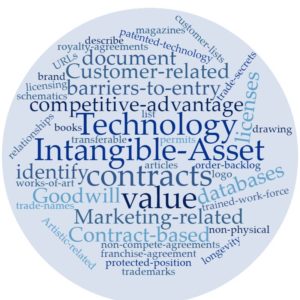 The sale of a business includes intangible assets. This article explains what intangible assets are and how articulating, supporting and protecting them enhances business sale outcomes. Let’s get started.
The sale of a business includes intangible assets. This article explains what intangible assets are and how articulating, supporting and protecting them enhances business sale outcomes. Let’s get started.
 Several years ago I had the opportunity to work on an acquisition assignment for Mitsubishi Electric, one of the multinational business units of the Mitsubishi group of companies. While doing research to better understand my client’s organization, I found an inspiring article that quoted Tachi Kiuchi, Mitsubishi Electric’s managing director at that time…
Several years ago I had the opportunity to work on an acquisition assignment for Mitsubishi Electric, one of the multinational business units of the Mitsubishi group of companies. While doing research to better understand my client’s organization, I found an inspiring article that quoted Tachi Kiuchi, Mitsubishi Electric’s managing director at that time…